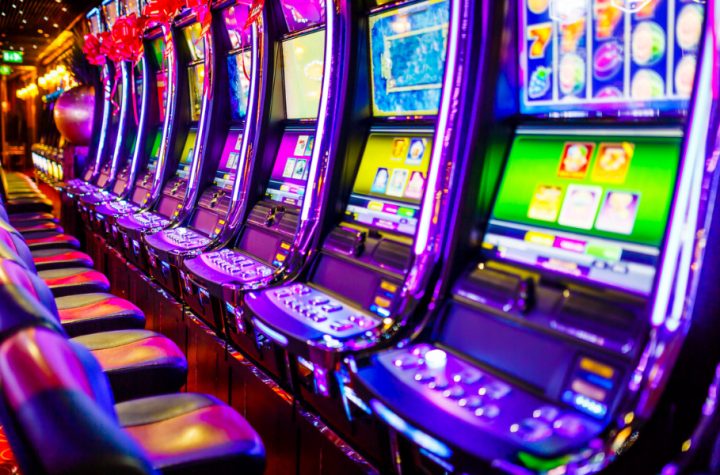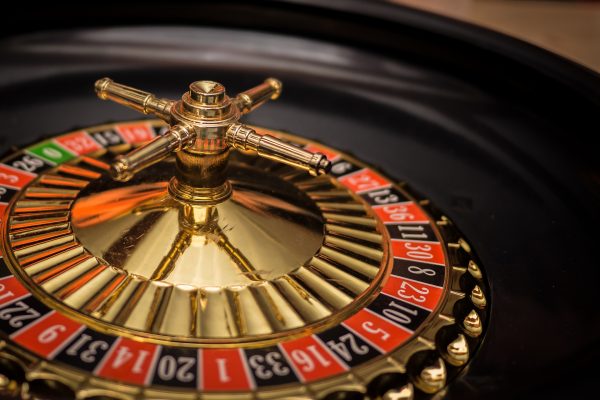
Slot machines operate through precisely calibrated algorithms determining when and how often players receive payouts. These carefully designed systems balance player wins and casino profits, keeping games financially viable while maintaining player interest. The mathematics behind these machines involves complex calculations that distribute returns according to predetermined percentages while preserving the element of chance that makes gambling appealing.
Return-to-player programming
The foundation of slot machine calibration rests on the return-to-player (RTP) percentage programmed into each game. Developers design slots to return specific percentages of wagered money to players over extensive play sessions. Games utilizing mpo888 technology typically feature RTP settings between 85% and 98%, with most casino floors offering different return rates. This programming doesn’t guarantee any individual player will receive that exact return percentage during their session. Instead, it represents a mathematical average that emerges after millions of spins across all players. The implementation involves complex algorithms that distribute wins across different pattern combinations while maintaining the predetermined return rate over time.
Hit frequency balancing
Beyond the overall return percentage, casinos carefully calibrate how often machines deliver wins of any size – a hit frequency metric. This setting determines how many spins typically occur between winning combinations, regardless of payout size. Hit frequency creates the rhythm of play that shapes the player experience.
- Machines with high hit frequency deliver small wins often, extending playtime and creating steady dopamine responses
- Medium hit frequency creates balanced patterns of wins and losses that appeal to average players
- Low-hit frequency machines feature fewer but larger wins, attracting risk-tolerant players seeking bigger payouts
- Progressive machines use variable hit frequencies that change based on jackpot size and recent payout history
These frequency settings shape the player’s perception of machines as “tight” or “loose” without necessarily changing the actual return percentage. Two machines return 92% of wagers over time, but one might deliver frequent tiny wins while another provides occasional larger payouts.
Volatility calibration techniques
Casinos fine-tune slot machine volatility – the relationship between payout size and frequency – to create diverse player experiences. These calibration techniques include:
- Prize structure distribution that allocates return percentages across different win sizes
- Symbol weighting systems that make certain high-paying combinations more or less frequent
- Feature trigger rates that control how often bonus rounds and special features activate
- Jackpot contribution percentages that balance between base game returns and progressive prizes
The volatility setting creates the risk/reward profile that appeals to different player preferences. Low volatility machines provide steady, predictable play, while high volatility options offer the excitement of potentially large wins balanced against longer losing streaks.
Regulatory compliance mechanics
All slot machine calibration happens within strict regulatory frameworks that verify return percentages and random operation. Casino slot departments:
- Maintain detailed documentation of programmed return settings for each machine
- Submit to regular testing by independent laboratories that verify advertised percentages
- Use certified random number generators that meet statistical randomness standards
- Implement tamper-proof systems that prevent unauthorized return adjustments
These regulatory requirements ensure that while casinos can calibrate their machines within approved ranges, they cannot manipulate outcomes during play or misrepresent the programmed return percentages. The calibration of slot machines represents a careful balance between mathematical precision and psychological design. Each element – from return percentages to timing and volatility works within a comprehensive system that creates diverse gambling experiences while maintaining predictable long-term returns for casino operations.





More Stories
What is a cascading reel, and how does it function?
Casino Bonuses Explained: How to Maximize Rewards
What identification checks prevent duplicate accounts at online casinos?